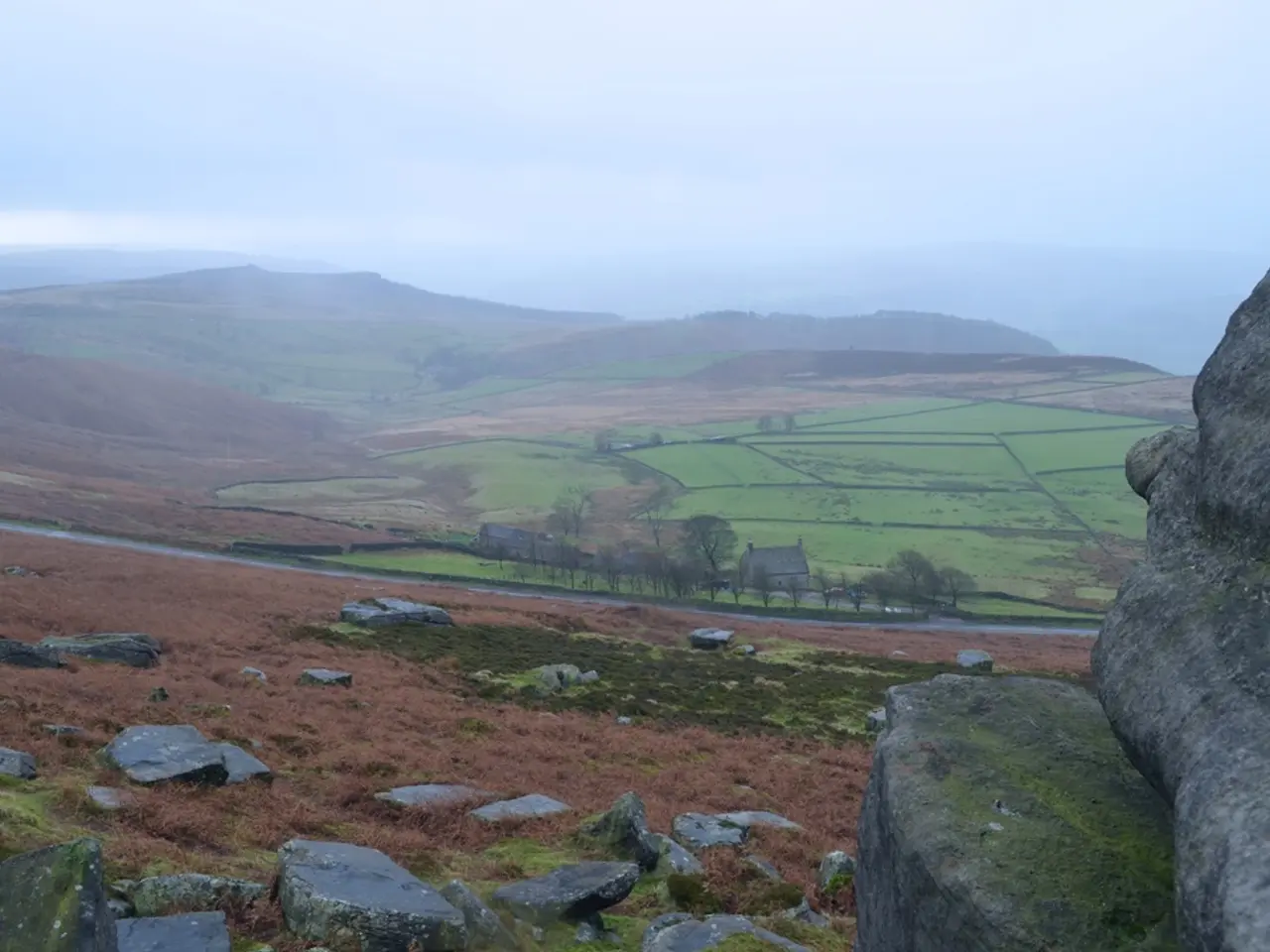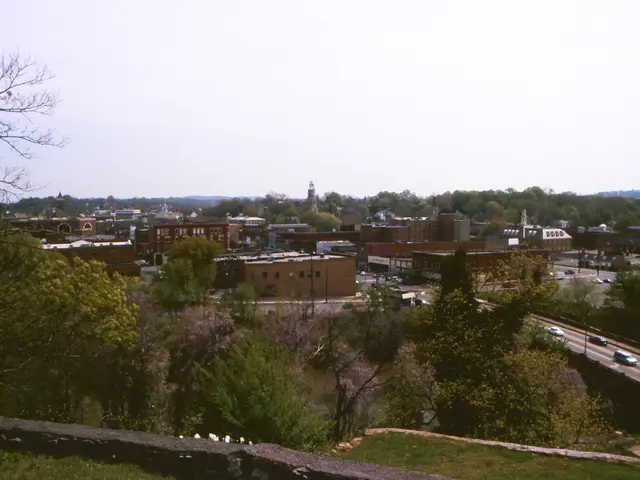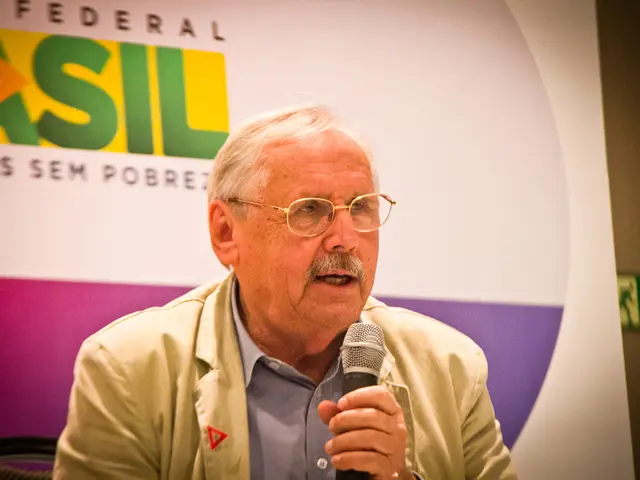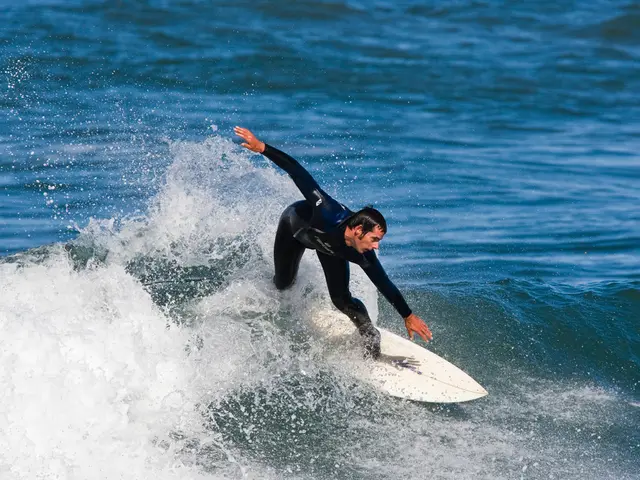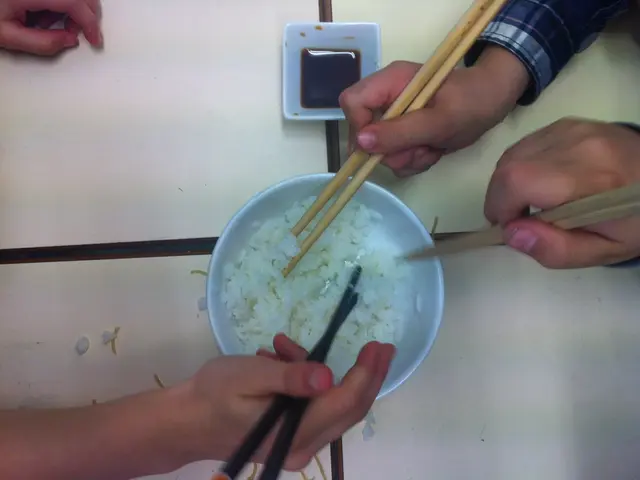Rapamycin: Easter Island's Hidden Treasure Transforms Medicine
Rapa Nui, the remote Easter Island, has long been renowned for its iconic moai statues. However, the island's true treasure may be rapamycin, a drug derived from its soil that has revolutionised medicine. Yet, its discovery raises complex issues of intellectual property and recognition.
In the 1960s, a molecule from Rapa Nui's soil was isolated and later developed into rapamycin. This drug inhibits the target of rapamycin kinase (TOR), regulating cell growth and metabolism. It's now used to prevent organ transplant rejection, enhance medical interventions, and treat certain cancers.
The drug's discovery, however, is a stark example of scientific colonialism. The island and its people received no recognition or compensation, despite the global profits generated. This issue gained international attention in 2024, leading to a treaty aimed at protecting traditional knowledge from being patented by for-profit companies. The Swiss Federal Institute of Intellectual Property (IGE) played a significant role in these negotiations.
Rapamycin, a gift from Rapa Nui's soil, has transformed medicine. Yet, its story underscores the need for fair recognition and compensation for traditional knowledge. The 2024 treaty marks a step towards rectifying this imbalance, ensuring that such knowledge is protected and its origins respected.
